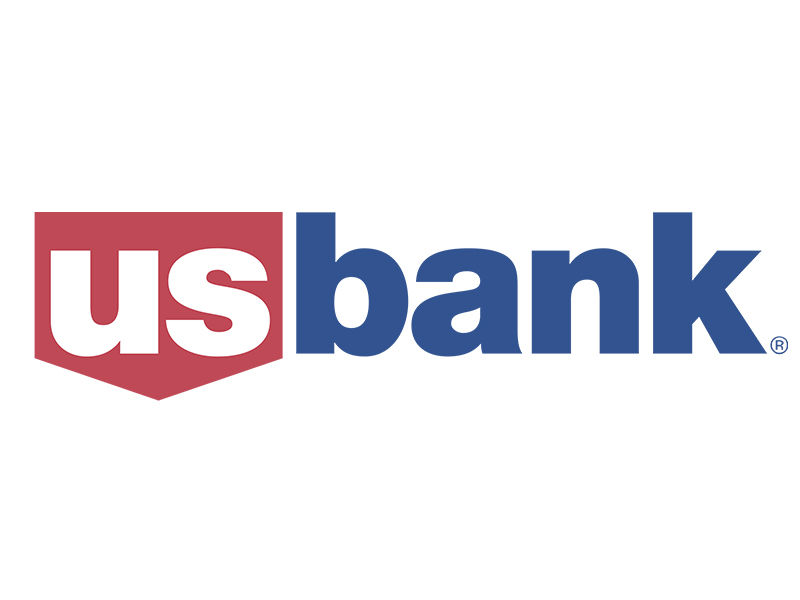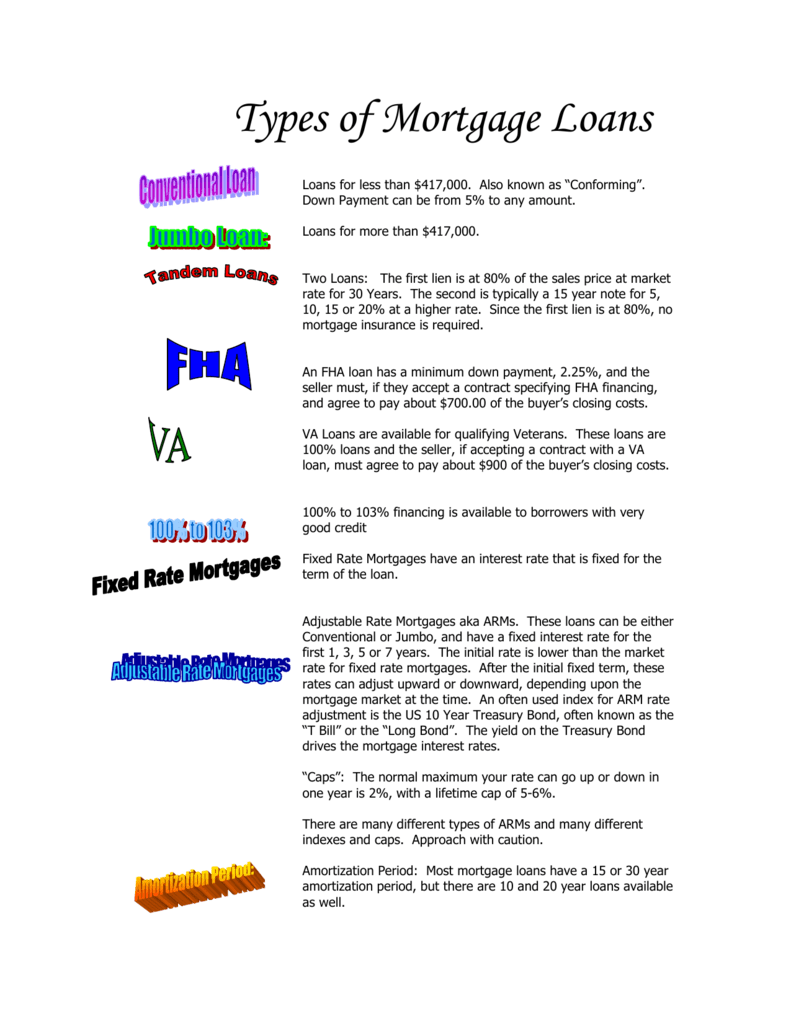Common examples include the following: Treasury bondsCorporate bondsInterest rate derivativesCredit derivativesEquity securities, such as typical stockDebt securities, such as home mortgage loansOptions, futuresThanks for reading this guide! At CFI our mission is to help you advance your career. With that in mind, we have actually developed these additional CFI resources to assist you take your analyst career to the next level.
GLOSSARY 1. A basis point is a measurement of a portion: 1/100th of one percent. For example, the distinction in between a 9. 0% loan and a 9. 5% loan is 50 basis points. basis That on which a thing rests or is founded. how to qualify for two mortgages. buy-down When a customer or a mortgage broker "buys down" a mortgage rate, they make an upfront payment to the lender in order to decrease the mortgage rate.
buy-down home loan A home loan in which the lender charges below-market interest in exchange for discount points. money technique The type of accounting in which you report income in the actual year you receive it and deduct expenditures in the year you pay. The majority of people utilize this method. Under this system, if you developed a deck and billed the client in December 1999 but didn't receive the cheque until January 2000, it would be counted as 2000 income, not 1999.
discount rate point An amount a customer pays to a lending institution to decrease the rates of interest of a mortgage. A point equals 1 percent of the loan quantity. margin The difference between the expense and the market price. point A point equates to 1 percent of a home loan. Some lending institutions charge "origination points" to cover expenses of making a loan.
A basis point is thought about the tiniest measurement of estimating modifications to rate of interest or yields on bonds. It is a method to explain one-hundredth of a portion point (0. 01%). Basis points are often utilized instead of percentage points when distinctions of less than 1% are meaningful and have a concrete impact.
A basis pointwhich is typically heard from monetary media and experienced investorsrepresents 0. 01%. For instance, if someone states the yield on a 10-year Treasury bond fell 10 basis points, they indicate it stopped by 0. 1% (0. 01 * 10). If somebody states a bond yield fell 100 basis points, it means it decreased by 1% (0.
The Main Principles Of How Many Mortgages In The Us
The term is typical in discussions about bonds, other fixed-income investments, and loans. Individuals utilize the terms basis points and percentage indicate prevent confusion when going over the difference in between the 2 rates. For example, let's state that a report said the yield on a bond rose 0. 5% from 7.
It might be challenging to discern what the new yield is. It might be 8% (7. 5% + 0. 5%) or it could be 7. 875% (7. 5% + 0 (which of the following statements is true regarding home mortgages?). 375%, which is 5% of 7. 5%). However, if the news reported a 0. 5 percentage point increaseor a 50-basis point increaseyou would understand the new yield is 8%.
So 1,050 basis points is 10. 50%, and 236 basis points is 2. 36%. Basis points are typically used to reveal changes in the yields on business or federal government bonds bought and offered by investors. Yields change, in part because of prevailing rate of interest, which are set by the Federal Reserve's Free market Committee.
Those changes affect the rates investors want to spend for older bonds, which affects the anticipated return on the bonds. Let's say you have $10,000 to invest, and decide to buy a bond with an interest rate, usually called a voucher rate, of 3%. A year later on, prevailing rates have actually dropped 50 basis points, so new bonds with the very same stated value are now paying 2.
Your check here bond is now worth more because it pays out $300 a year rather than $250. Typically, investors want to see yields rising, and you'll typically hear the changes revealed in basis points. Rate of interest are often described in relation to an index or benchmark rate. One common contrast is to the London Interbank Deal Rate (LIBOR).
If LIBOR stands at 2%, then the rate is 2. 25%. Expect you're an investor in mutual funds or exchange-traded funds. Because case, you might come across a yearly cost called an expense ratio, which is the part of assets deducted each year by your fund supervisor for fund expenditures.
Not known Facts About What Is The Current Libor Rate hilton timeshare resales For Mortgages
45% of your total assets in the fundwhich equals to $14. 50 per $1,000 invested. Basis points are likewise typical in conversations about borrowing as well as investing. The Fed's benchmark rate, which affects rates on home loans, charge card, and other loans, is normally changed 25 basis points at a time.
Using basis points can avoid confusion when going over changes in yields or rates of interest. Basis points are most frequently used when differences of less than 1% are meaningful. A basis point refers to one-hundredth of a portion point. For example, the difference in between 1. 25% and 1. 30% is 5 basis points.
Register for our weekly newsletter and get our most popular material delivered directly to your inbox. Join 1,000+ other customers. We'll never ever offer or share your e-mail address. Cancel anytime.
Mortgage Q&A: "What are home loan points?" The mortgage procedure can be pretty demanding and hard to make sense of at times, what with all the crazy terminology and stacks of paperwork. Even more complicating matters is the fact that banks and lending institutions do things in a different way. Some charge so-called loan application fees while others ask that you pay points. what is a gift letter for mortgages.

While searching for a home loan, you'll likely hear the term "mortgage point" on more than one celebration. Just how much Is a Home Mortgage Point How Do You Compute Points on a Mortgage? There Are Two Types of Home Loan Points Paying Home Mortgage Points for a Lower Rates Of Interest How Do Unfavorable Points Deal With a Home loan? Home Mortgage Point Examples Home Mortgage Points Cost ChartMake certain to pay special attention to how lots of points are being charged (if any), as it will considerably impact the real expense of your loan.
You do not even need a home loan calculator!.?.!! Or a so-called home loan points calculator, whatever that isWhen it boils down to it, a home mortgage point is just a fancy way of saying a percentage point of the loan amount. Basically, when a mortgage broker or mortgage lending institution states they're charging you one point, they just imply 1% of your loan quantity, whatever that might be.
Indicators on How Are Adjustable Rate Mortgages Calculated You Should Know

If they choose to charge two points, the expense would be $8,000. And so on. If your loan amount is $100,000, it's just $1,000 per point. It's an actually easy computation. Just increase the variety of points (or portion thereof) times the loan quantity. If it's one point, take a calculator and input.
If it's 1. 5 points, input. 015 increased by the loan quantity. Using $300,000 as the loan quantity in the above equation, we 'd come up with an expense of $3,000 and $4,500, respectively. Presuming you're being charged less than a point, we Great post to read have to consider "basis points," which are one one-hundredth of a percentage point (0.